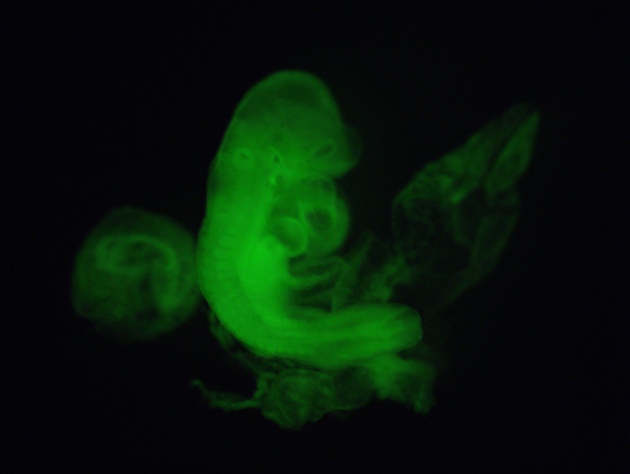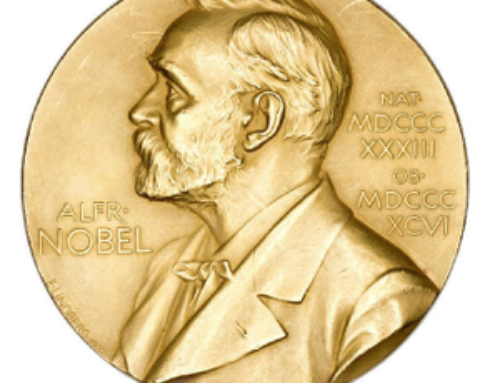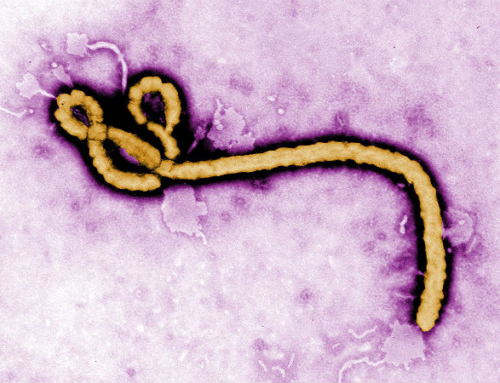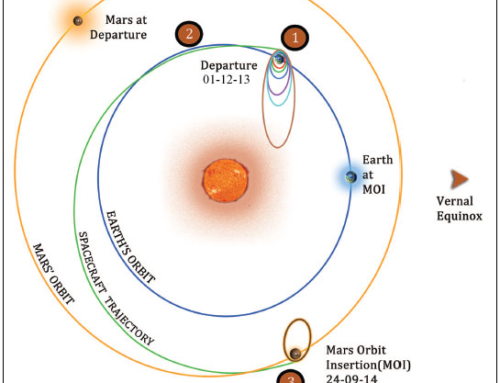In the two months since the two papers on stem cell generation in Nature1,2 were published, they have been heavily scrutinised. When the publications came out they were lauded for their scientific break-through, and were in the news for being game-changers. However, the scientific community has dissected the paper left, right and centre, and identified a number of inconsistencies.
According to Nature’s latest news, the lead scientist was proven guilty of scientific misconduct and faces potential disciplinary action3. Issues with the publication include data manipulation, using incorrect images and even swapping gel electrophoresis images. Although, reproducibility of results have been questioned, the investigation committee (at RIKEN, where bulk of the research was undertaken) has resisted questions on the credibility of the actual technique itself claiming that it was beyond the scope of their task. The result of this investigation means the papers are likely to be retracted, although this decision remains with Nature and the authors of the papers.
This entire episode shows that misconduct related to science, that is ‘high profile’ and ‘ground breaking’, is likely to be identified since such publications are subject to rigorous post-peer review scrutiny. However not all research undergoes such stringent quality control. There are likely to be several papers, which get published whose results are not reproducible or where data has been manipulated. How does one police such issues? Is it only groundbreaking work that needs such rigorous scrutiny?
References
- Obokata, H. et al. Bidirectional developmental potential in reprogrammed cells with acquired pluripotency. Nature 505, 676–680 (2014).
- Obokata, H. et al. Stimulus-triggered fate conversion of somatic cells into pluripotency. Nature 505, 641–647 (2014).
- Cyranoski, D. Stem-cell scientist found guilty of misconduct. Nature (2014). doi:10.1038/nature.2014.14974





